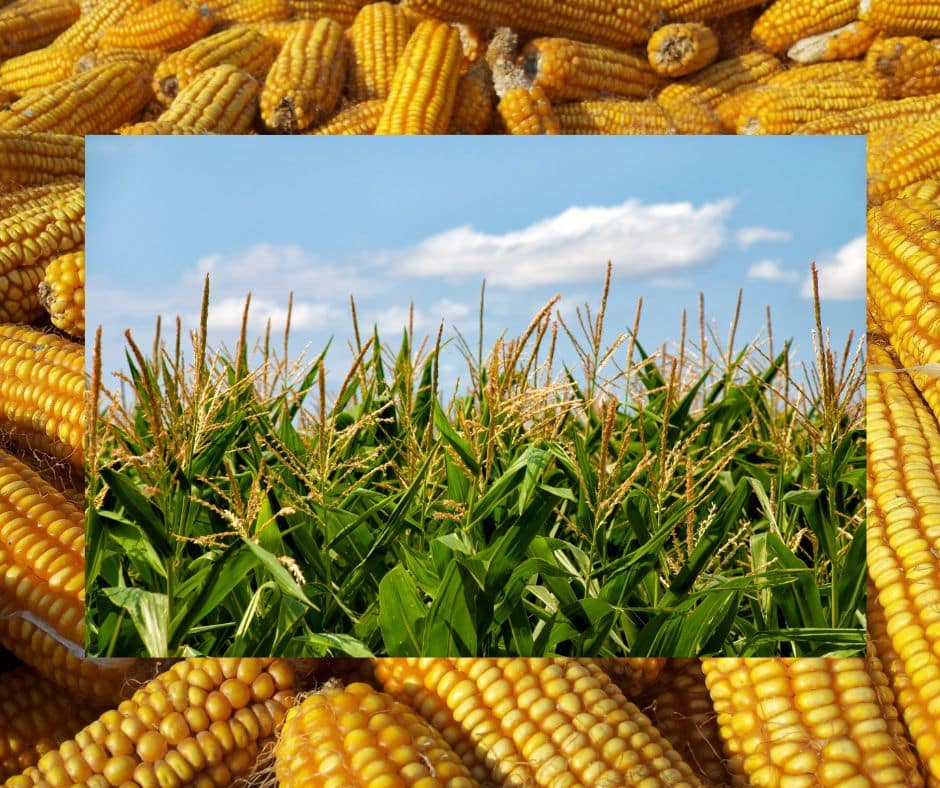What is the Festival of Maíz in Costa Rica?
The Festival of Maíz is Costa Rica’s annual celebration of corn, the sacred grain that has fed generations and shaped culture across the country. Every July, rural towns come alive with the smells of masa, the rhythms of marimba, and the joyful pride of a crop that’s more than just food—it’s heritage. From roadside stalls to town plazas, this is a festival where the tortilla reigns supreme and tamales are royalty.
Why is corn so important in Costa Rican culture?
Corn is deeply rooted in Costa Rica’s Indigenous and rural traditions. Long before rice took over daily diets, corn was king. It’s still central to celebrations, home cooking, and spirituality. Corn isn’t just eaten—it’s revered. Every abuela has a masa story, and every community has a corn-based dish that defines them.

What traditional foods are featured during the Festival of Maíz?
The festival showcases the many faces of corn through dishes that range from the comforting to the celebratory.
- Tamales – Steamed in plantain leaves, tamales are made with spiced masa and filled with pork, chicken, or vegetables. They’re often passed from one family to another, wrapped like gifts.
- Chorreadas – These sweet corn pancakes are thick, golden, and slightly crispy on the edges. Best eaten hot off the griddle with a dollop of natilla (sour cream).
- Chicha de Maíz – A traditional drink made by fermenting ground corn with water, sugar, and sometimes fruit like pineapple or guava. Earthy, tangy, and refreshing.
- Tamal Asado – A dense baked cake made with masa, cheese, and cinnamon. Sweet, slightly smoky, and perfect with coffee.
- Atol de Maíz – A thick, warm corn drink sweetened with raw sugar and cinnamon, often served in a gourd or clay cup.
What events take place during the festival?
Expect more than just good food. The Festival of Maíz is a cultural happening that celebrates Costa Rican country life.
- Ox cart parades (Desfile de Carretas) – Towns like Santa Cruz and Escazú host parades with colourfully painted traditional ox carts pulled by decorated oxen. These events honour Costa Rica’s farming legacy.
- Cooking competitions – Townsfolk compete for the best tamal, chorreada, or corn-based drink. Some communities even crown a Reina del Maíz (Corn Queen).
- Live music and folk dancing – Local schools and dance troupes perform traditional dances in full costume. Marimba bands keep the energy going all day.
- Workshops and demos – Learn how to grind corn on a stone metate, make fresh tortillas by hand, or shape your own tamal with guidance from local abuelas.
Where can you find the best Festival of Maíz celebrations?
These festivals pop up in many agricultural communities during July, but a few towns are known for putting on especially lively celebrations:
- Santa Cruz, Guanacaste – Famous for its strong cultural identity and traditional festivals, Santa Cruz throws one of the most authentic corn festivals, with food stalls lining the streets and marimba music echoing from every corner.
- Nicoya, Guanacaste – As one of Costa Rica’s oldest towns and a UNESCO Blue Zone, Nicoya’s festival honours Chorotega roots. Expect ancient corn varieties, pottery workshops, and Indigenous crafts.
- Barva de Heredia – This colonial town mixes Catholic traditions with ancestral foods. The Festival de Maíz here includes religious processions alongside cooking contests and live dance shows.
- Puriscal, San José Province – A mountain town known for its tobacco and farming traditions, Puriscal offers a more laid-back version of the festival with fantastic home-cooked food and rural hospitality.
- Zarcero, Alajuela – Known for its topiary gardens, Zarcero’s cooler climate doesn’t stop locals from celebrating corn with hearty atol and steaming tamales wrapped in banana leaves.
How does the festival help preserve culture and local economies?
The Festival of Maíz isn’t just a party—it’s a lifeline for rural culture. It supports:
- Small farmers and producers – Many sell artisanal cornmeal, sweets, and handcrafted kitchen tools during the festival.
- Women-led kitchens – Local women often form cooperatives to make and sell traditional foods, supporting both cultural heritage and family incomes.
- Younger generations – Kids learn from elders how to grow, prepare, and respect corn as a sacred part of daily life. Schools often organise performances and field trips tied to the event.
Are these festivals open to tourists?
Absolutely. In fact, many towns welcome tourists with open arms—especially those curious about food, traditions, and rural life. It’s one of the best ways to get off the tourist trail and connect with the real Costa Rica.
FAQ
When is the Festival of Maíz held?
Most events happen in July, often aligning with local saint days and harvest periods. Dates vary by town.
Is there an entrance fee?
Usually no. Events are free or very low-cost. Bring small cash for food, crafts, and drinks.
Can I take part in the activities?
Yes—many workshops and cooking demos invite audience participation. Some even let you judge the food competitions!
Is the festival child-friendly?
Very. It’s filled with music, colourful costumes, and sweet corn treats kids will love.
What should I wear?
Casual, comfortable clothes and walking shoes. A sun hat and reusable water bottle are smart, too.
Can I buy traditional corn products?
Yes. You’ll find everything from artisanal masa to heirloom corn seeds, wood tortilla presses, and corn husk crafts.
Do locals speak English at the festival?
Some do, especially younger folks or vendors used to tourists. But even basic Spanish will earn you smiles—and better portions!
Is it accessible to people with mobility needs?
It depends on the town. Larger festivals in Santa Cruz or Nicoya tend to be more accessible, while smaller rural events may have uneven terrain.
Where can I stay nearby?
Look for local guesthouses or eco-lodges. In Nicoya and Santa Cruz, boutique hotels and B&Bs are within walking distance of festival areas. Can I book a tour that includes this festival?
Yes. Some cultural tour operators offer seasonal packages that include festival visits, cooking workshops, and guided rural experiences.






